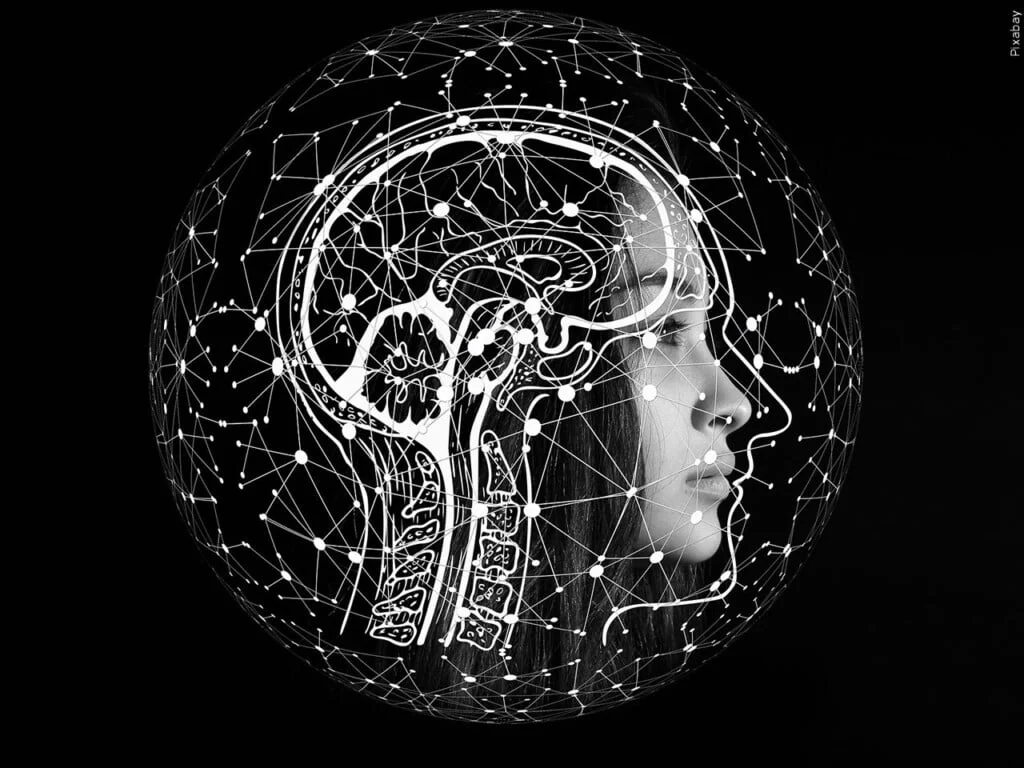President Biden’s AI Executive Order: The Implications and Provisions

Understanding the Impact: Unraveling President Biden’s AI Executive Order
On Monday, President Biden took a significant step by enacting an executive order that establishes fresh guidelines for enhancing safety and privacy protections in the realm of artificial intelligence (AI). The White House asserts that these measures are essential to safeguard Americans’ personal information, stimulate innovation and competition, and propel the United States into a leadership role within the AI industry.
With legislation trailing far behind the rapid progress of technology, the administration underscores that this executive order builds upon previous voluntary commitments made by some of the leading tech companies concerning the responsible and secure development of AI. During his remarks on Monday, President Biden hailed the executive order as the most momentous action ever taken by any government worldwide to address the issues of AI safety, security, and trust.
President Biden emphasized the profound technological transformations anticipated in the next 5 to 10 years, dwarfing the progress made over the last half-century. He underscored that artificial intelligence, as the most consequential technology of our time, is accelerating these changes at an unprecedented pace and is an omnipresent force in our lives.
While AI offers remarkable opportunities, the President acknowledged that it also presents significant risks. He emphasized that the only path to realizing the potential benefits of AI while mitigating its risks is through responsible governance.
Notably, President Biden drew attention to the issue of “deepfakes,” which are fabricated videos that convincingly mimic a person’s voice and actions, portraying them saying or doing things they never actually did. In a lighter moment, he shared his own experience of watching a deepfake of himself and humorously questioning when he had made such statements.
A senior administration official informed the press that the executive order possesses the full legal force, and the administration intends to utilize executive powers extensively. Nonetheless, the President expressed his commitment to collaborating with Congress to pursue bipartisan legislation on AI-related matters.

Key Provisions of the Executive Order
The executive order introduces a range of new standards and requirements:
Safety Test Results Disclosure: Developers of AI systems are mandated to share the results of safety tests with the federal government, aligning with the Defense Production Act’s provisions. This ensures that companies working on models with potential national security, public health, or economic security risks inform the government and disclose their findings.
Biological Synthesis Screening Standards: To prevent the misuse of AI in creating hazardous biological materials, the administration will establish standards for biological synthesis screening. Compliance with these standards will be a prerequisite for federal funding.
Safety Standards: The National Institute of Standards and Technology will establish safety standards before the public release of AI technologies. The Department of Homeland Security will enforce these standards within critical infrastructure sectors and establish an AI Safety and Security Board. Additionally, the Department of Energy will collaborate with DHS to address threats to infrastructure, including chemical, biological, and other potential risks.
Enhanced Privacy Measures: The order aims to bolster privacy protections by assessing how government agencies collect and utilize commercially available information. Guidelines will be developed for federal agencies to evaluate the effectiveness of privacy-preserving techniques, such as cryptography tools.
Addressing Algorithmic Discrimination: The order addresses algorithmic discrimination, empowering the Department of Justice and federal civil rights offices to investigate and prosecute civil rights violations related to AI. It also seeks to establish best practices for AI’s use in sentencing, pretrial release, detention, risk assessments, surveillance, and crime forecasting within the criminal justice system.
Minimizing AI-Related Job Displacement: Best practices will be developed to minimize the negative impacts and harness the benefits of AI concerning job displacement and labor standards.
Leveraging Skilled Immigrants: The administration aims to attract and retain highly skilled immigrants and nonimmigrants with expertise in critical areas by streamlining the visa interview and review process, making it more efficient.
These provisions collectively represent a comprehensive approach to governing and harnessing the potential of artificial intelligence while safeguarding national security, privacy, and civil rights.
According to the White House, the administration has engaged in consultations regarding AI governance frameworks with a diverse group of international partners, including Australia, Brazil, Canada, Chile, the European Union, France, Germany, India, Israel, Italy, Japan, Kenya, Mexico, the Netherlands, New Zealand, Nigeria, the Philippines, Singapore, South Korea, the UAE, and the UK.
The Timing Rationale
President Biden has encouraged Congress to draft AI-related legislation, but the pace of technological advancement is rapid, as noted by a senior administration official addressing the press. Congress is presently occupied with a multitude of issues. Nonetheless, the administration anticipates that Congress will persist in its efforts to address AI-related matters.
By: M Z Hossain, Editor Sky Buzz Feed













